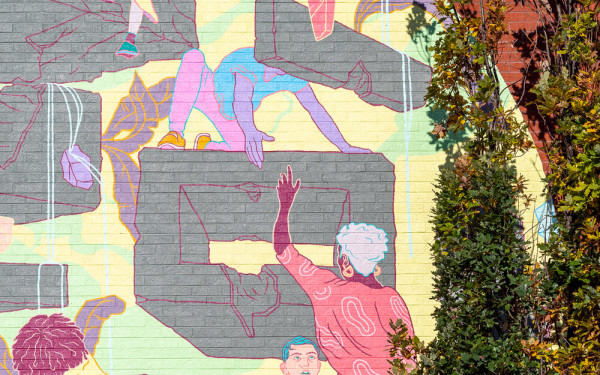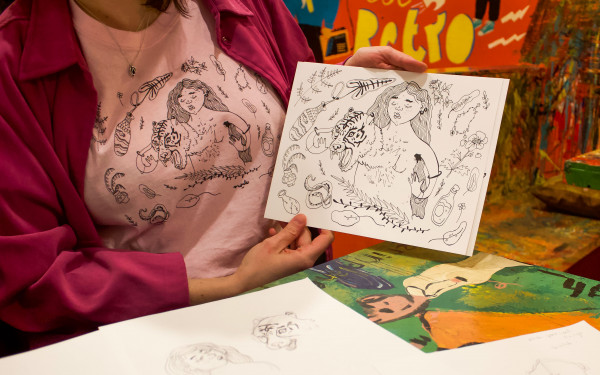Paint Turtle Island
One of Canada’s deepest, darkest secrets lies at the very root of its existence: the True North, Strong and Free is a former colony. It’s a discussion we sometimes forget about—especially whenever nationalism debates take centre stage—but with the help of QPIRQ Concordia and other political communities, two young street artists are trying to change that.
“I think it’s necessary when you’re a settler on unceded territory to know about the colonialism history,” said “Zola. “It’s important to educate yourself or try to educate others around you about these issues.”
Zola, who prefers to remain as anonymous as possible, shares a studio with Camille Larivée, who really got the idea for Decolonizing Street Art off the ground.
Inspired and encouraged by Arizona-based Chip Thomas (a.k.a. “Jetsonorama) and his Painted Desert Project, Larivée reached out to street artists across North America to “re-appropriate” Montreal streets.
Some walls in the downtown area present aboriginal imagery inaccurately, said Larivée, which falls under cultural appropriation. About a dozen artists are participating in the event, which runs from Aug. 22 to Sept. 3, most of whom have indigenous roots.
By giving indigenous street artists wall space, especially women, the convergence hopes to counterbalance culturally skewed street art in Montreal.
“I hope this event will change these things,” Larivée said. “I think it’s a good beginning.”
Clifton Nicholas is a Mohawk political activist from Kanehsatake. He discussed cultural appropriation of indigenous images and dress at a workshop on Thursday.
“I implore artists to educate themselves, investigate, research what these images are. I, for one, don’t want to be reduced to a caricature,” he said, comparing popularized icons and animations like the Cleveland Indians mascot to minstrel shows and blackface.Aboriginal icons or names have been used to market everything from “butter”.
“We’re not a disappeared people, we’re not a romanticized people, we’re living, breathing human beings,” Nicholas said.
Decolonizing Street Art is as grassroots as convergences come, and they’re still looking for “funding. Larivée, an art history student at the Université du Québec à Montréal, and Zola approached QPIRQ Concordia, the university’s very own anti-establishment community, for support.
“We came to QPIRQ for organizing help because we knew they had resources,” said Zola.
One of the main goals of the event was to bring politically active artists together. Street artists tend to be proficient at social networking, like most unprofessional work; street art thrives on Tumblr, but artists rarely meet.
“People like each other’s things on networks but they don’t necessarily know each other,” said Zola. “One of the goals of the convergence was to create a community of people with shared political values or life experiences.”
To admire the convergence’s artwork, walk around Park Ex, leaving De Castlenau metro station and then walking west to Marconi Street and south.

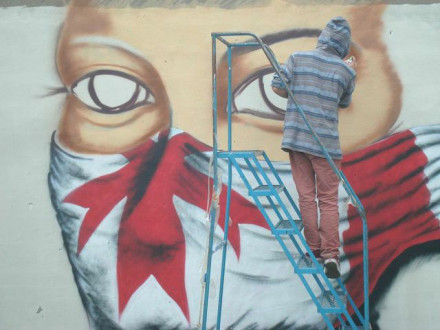
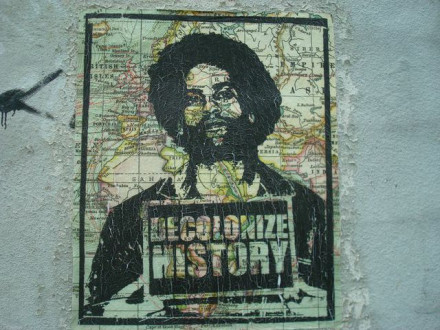
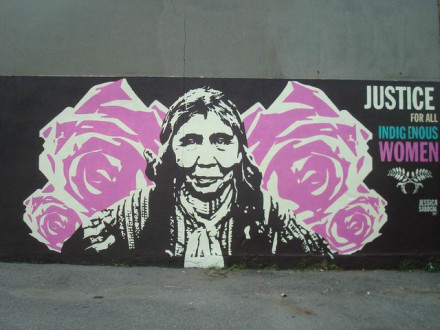

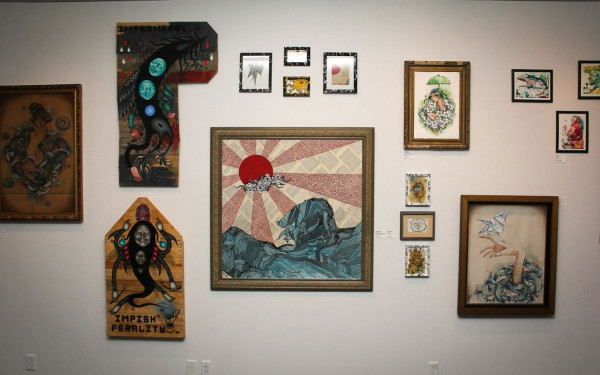
1_600_375_90_s_c1.jpg)
